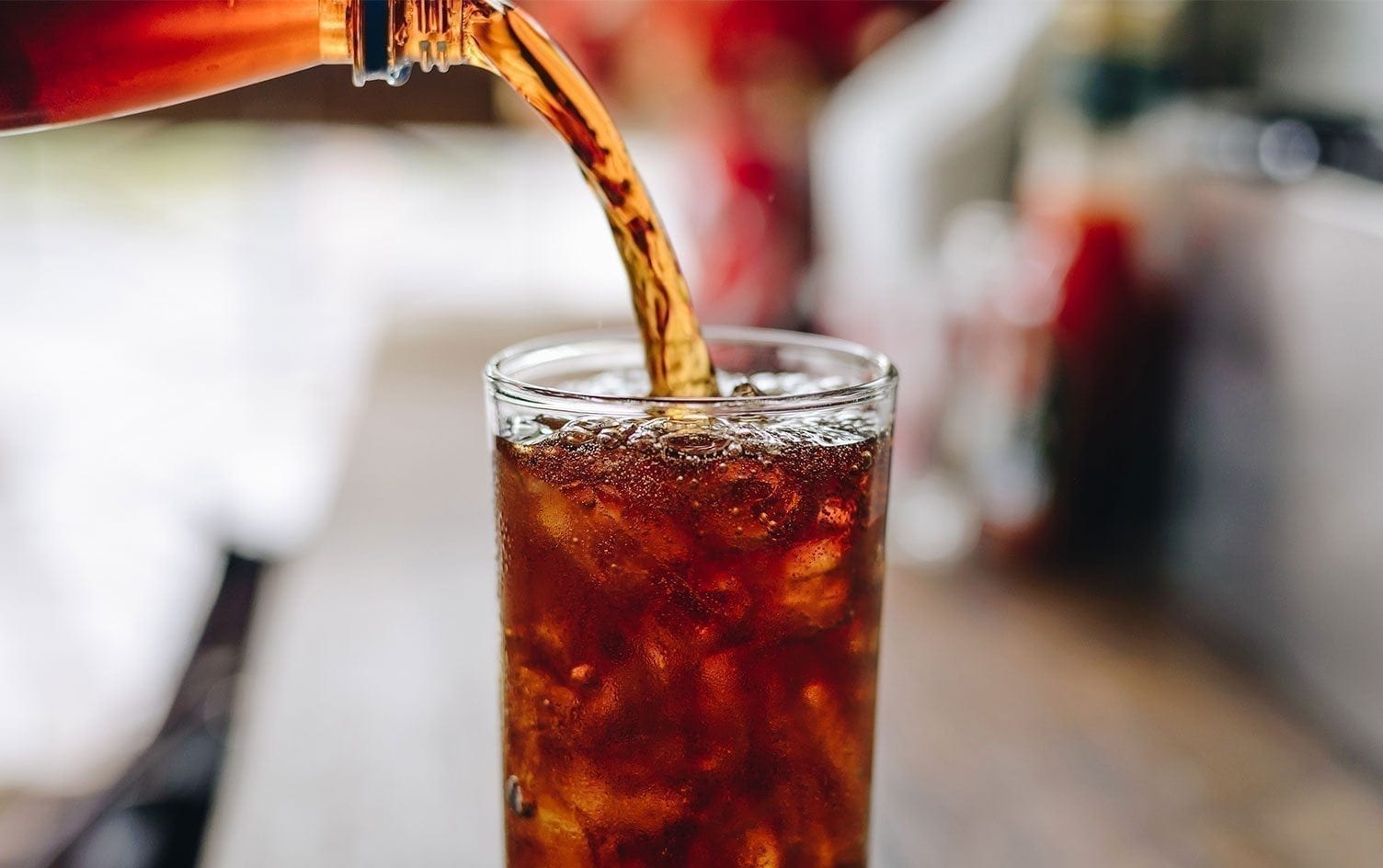We’re back with yet more of your questions about nutrition, weight loss and more. This week’s edition centers on a polarizing topic: sugar and artificial sweeteners. Read on!
As it turns out, America’s favorite diet sodas might not be so diet-friendly. Quite the opposite, in fact: More and more research is finding artificial sweeteners (most commonly found in diet sodas, but also a variety of other lower-calorie and lower-sugar processed foods) aren’t the magic liquid weight-loss trick they were advertised to be.
A 2015 study, published in the Journal of the American Geriatrics Society, found that over the course of nine years, diet soda drinkers gained almost triple the amount of abdominal fat over non-imbibers. Abdominal fat — or “visceral fat” — is the more harmful type that surrounds organs and is a known risk factor for heart disease, diabetes and metabolic syndrome. According to the study, the more diet soda subjects consumed, the greater the risk.
While scientists are still hard at work trying to identify the exact mechanism by which artificial sweeteners may cause weight gain, we do know this: They’re 200–600 times sweeter than sugar. But unlike sugar, they don’t satisfy the appetite with calories, causing some people to compensate by eating more later in the day. A 2014 study by the Johns Hopkins School of Public Health found that in a sample of nearly 24,000 subjects, diet soda drinkers consumed more calories from food than their full-sugar-soda drinking peers.
Some people argue it’s not so much the diet soda that causes weight gain, but that habitual diet soda drinkers tend to be less healthy overall. Whatever the case, artificial sweeteners are just that — they’re artificial. And they’re found in products that are highly processed and often contain artificial flavors and colors, too. Stick to wholesome, hearty foods and satisfy your sweet tooth with foods high in naturally occurring sugar like fruit and dairy, that also come packaged with fiber, protein, calcium and other beneficial nutrients.
READ MORE > IS STEVIA SAFE?
Short answer: not exactly. But there’s an easy way to calculate calories from sugar on your own. On food labels, sugars are listed as a subset of total carbohydrates. One gram of sugar has about 4 calories. To find calories from sugar, simply multiply the number of sugars grams by 4 to get the number of calories from sugar. A 12-ounce soda, for example, has 140 calories and 36g of sugar. Do the math, and you’ll discover rather quickly that all of the calories in a soda come from sugar.
But, before you go writing off all foods that contain a significant percentage of total calories from sugar, it’s important to understand that there are two categories of sugar in food: those occurring naturally (like fructose in fruit and lactose in milk) and those that are added during processing (in the form of honey, high-fructose corn syrup, granulated sugar, fruit juice concentrate and a laundry list of other names).
For example: Plain whole-milk yogurt has about 11 grams of sugar per cup, but all of it comes naturally. Vanilla (and almost any other flavored variety) whole-milk yogurt has more than double that amount — half naturally in the form of lactose, and the other half added during processing to add flavor (and sweetness).
So how can you tell the difference? The problem is food manufacturers aren’t currently required to list added sugars on labels — only the total sugars. The FDA has issued a mandate that will eventually require all food companies to list added sugars as a subset of the total, but the original compliance deadline of July, 2018, has been extended until further notice.
Until then, read the ingredient list. If any sugar is listed as the first or second ingredient, chances are most of the calories in your food comes from added sugars. Buy unsweetened or plain varieties when available, and add naturally sweet fruits, sweeteners and foods in your own kitchen so you know exactly how much you’re getting.
Got more questions for me? Keep ’em coming! Ask away in the comment section below, and keep up with the MyFitnessPal Facebook page for more opportunities to Ask the Dietitian.





